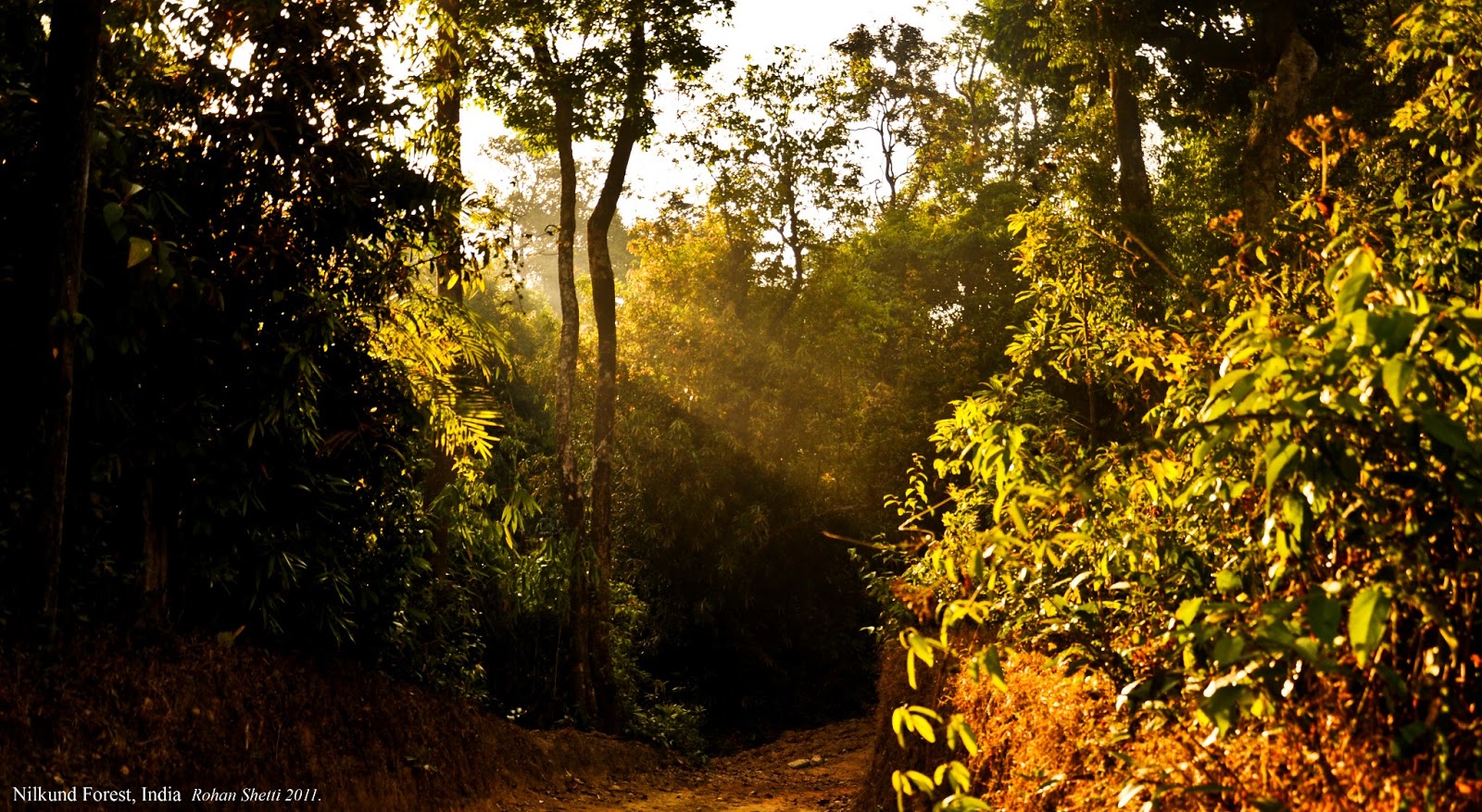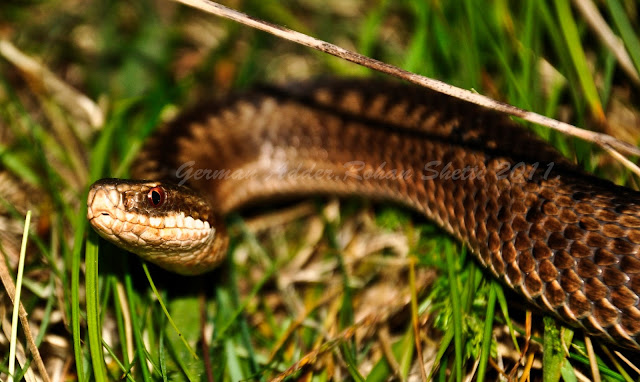Venice:
 |
| City View of Venice standing on cross over bridge. |
Standing on the bridge I saw the
two speaking to an Italian officer at the information desk who did more nodding
without communication. They both looked at me and smiled and without a gesture
started walking towards me, I guess it was unsaid that I had to wait. When they
both reached me the soft Asian accent with a question mark asked …. “You have map ? I want Piazza go ” to which the Spanish nodded “also me”. I smiled saying "that makes the three of us". I
gave them my name saying "hi I am Rohan" and in return I got an answer "hello I come Japan" and he
added "me España ". I knew there would not be a lot of speaking and it made me
more comfortable. We started walking roughly in the direction of Piazza and came to
the crossing of the Grand Canal where we saw an array of carnival masks. I saw a spark in the girl’s
eyes as she was amazed to see so many beautiful masks. Out came a small point-and-shoot camera, and captured different expressions.
The amigo was astonished to see the girls’ excitement. He just
failed to derive what was so exciting in a mask. My eyes scrolled through many
masks and a strange thought crossed my mind. The girls excitement, the guys
astonishment and my sense of being an observer, aren't these all just masks ? just different expressions of the same face ?? I smiled to myself and guessed I had
a mask without buying one.
.jpg) |
| Harbour view from the main Island |
I used to take my time absorbing as much from the surrounding and taking an abstract in the
shot. Every time I took a photo, my new company would promptly come and see it and would gesture their comments. Occasionally I got a "bella grande !!".
We were walking close to the monument of Santa Stefano and came across an aroma of freshly brewed coffee. Me and the Amigo were drawn to the aroma. I suggested coffee and there was only one word “of-course”. The girl denied, shaking her head. The Spanish got all his English together and suggested “the Spanish ...South America grow good coffee, but only Italians cook it best”. I don’t know how much she caught it but his expression, I guess, was very convincing and she agreed with a nod. I got the coffee for all. The morning breeze and steaming coffee was a good combination, I read through a local newspaper a while having the coffee and returned it to the stall. I was about to settle for the coffee but the Spanish said sternly “I pay”. The girl rushed to the counter to pay and looking at our wordless chaos the man at the counter had a laugh. We stood at the counter and the man on the other side curiously asked us from where we were. I was the most communicable with words and he smiled back. There were three hands again to pay but there was no money taken. The stall owner took it on the house and said, "my four fathers run this hotel.... go go enjoy your day". I guess he was amused at our combination.
We were walking close to the monument of Santa Stefano and came across an aroma of freshly brewed coffee. Me and the Amigo were drawn to the aroma. I suggested coffee and there was only one word “of-course”. The girl denied, shaking her head. The Spanish got all his English together and suggested “the Spanish ...South America grow good coffee, but only Italians cook it best”. I don’t know how much she caught it but his expression, I guess, was very convincing and she agreed with a nod. I got the coffee for all. The morning breeze and steaming coffee was a good combination, I read through a local newspaper a while having the coffee and returned it to the stall. I was about to settle for the coffee but the Spanish said sternly “I pay”. The girl rushed to the counter to pay and looking at our wordless chaos the man at the counter had a laugh. We stood at the counter and the man on the other side curiously asked us from where we were. I was the most communicable with words and he smiled back. There were three hands again to pay but there was no money taken. The stall owner took it on the house and said, "my four fathers run this hotel.... go go enjoy your day". I guess he was amused at our combination.
 |
| Piazza |
A must-see thing in Venice, and I am sure no one will miss it, is the Gondola ride. I guess more than just the ride, it, in itself is a culture. There is a haggling phase, then the riding phase and then comes the enjoyment when you are at water level, taking in the city. The views, the people, the architecture.
‘San Giamoco’
is another monument worth seeing on the way to the Piazza. It is next to a clock-tower that
has sun-signs and roman numbers engraved on its dial. It shows constellation time. We pondered
there for a bit and found it to be common topic to our backgrounds. Looking
at the tall tower, we started identifying the names of constellations. It was a strange scene. Three strangers, not even knowing each other’s names, in a foreign country sharing names of stars. How ironical is our sense of knowing ! After a while, the notion
crossed our minds and we laughed. Later I suggested "lunch" pointing out to a pizzeria. After having lunch we reached the Piazza. It has multiple-dome structure, is intricately
decorated construction having a maritime tower in front of it. We took a tour of the monument and the museum inside. I guess by now,we had understood that time was too
short to give each other language lessons, so we would start in English and then
continued as we liked.
.jpg) |
| Grand Canal Bridge Cross over |
We came out and walked along the harbour to see various vendors selling many articles,
which included souvenir articles, masks, t-shirts, vases etc. After browsing
through, we decided to take the ferry back through the Grand Canal and make our
way back to the station. The girl in the meantime was busy shopping and
clicking photographs and had forgotten to buy her ticket. We got the tickets and boarded. She was busy talking
to us and we were nodding even though we did not understand a single word. Her expression seemed happy and we were happy enough with that. Soon, there was
ticket collector on the ride and she was scared as she had not got a ticket. We saw the tension build on her face as the officer reached us and I
gave him tickets for three. If I knew how to explain content and gratitude, I would
show you the expression on her face. I and the amigo smiled and ride back was
eventful with laughter and expressions in unknown languages but known
sentiments. It was some time the evening where the sun was slanting and the orange
color was giving away to the twilight. I could hear the train announcements. We
stood at the platform ,all to catch a different train. There was nothing to
say and yet a lot could be heard. We exchanged hand-shakes and finally got each-others
names, but I learnt it did not matter.
On the ride back to Verona, it all came to me more clearly. How indifferent, yet familiar we were in this small journey.
We care more about names, ethnic backgrounds and languages when they don’t really matter. Aren't these all masks that we put on ? But, in truth the human face is common to all of us. And so is the nature of life. We know each other for some time and if we feel concern, it is all that matters. There comes a time when we have to catch a different train and take good memories along. Who were they to me? Why would you get a free coffee to make your day? I guess specialty is not only in the unique. It is the commons that do common things in a unique way.
We care more about names, ethnic backgrounds and languages when they don’t really matter. Aren't these all masks that we put on ? But, in truth the human face is common to all of us. And so is the nature of life. We know each other for some time and if we feel concern, it is all that matters. There comes a time when we have to catch a different train and take good memories along. Who were they to me? Why would you get a free coffee to make your day? I guess specialty is not only in the unique. It is the commons that do common things in a unique way.
 |
| A view from the Gondola on the Grand Canal |



.jpg)










